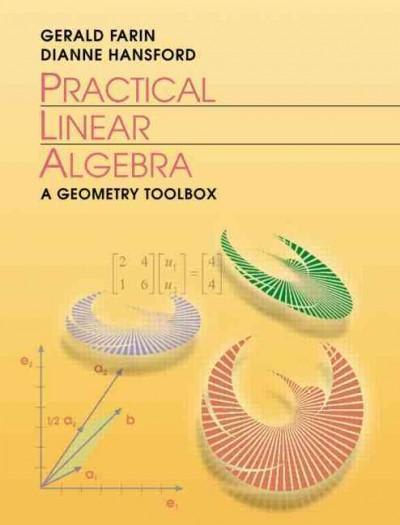Answered step by step
Verified Expert Solution
Question
1 Approved Answer
Task A 6.1 Probability and counting methods (Value 38 points) Instructions: In this task, you will work with the introduction to probability. You will explain
Task A 6.1 Probability and counting methods (Value 38 points) Instructions: In this task, you will work with the introduction to probability. You will explain the basic concepts of probability and calculate the probability of a simple event. In addition, you will calculate permutations and combinations. You must read the material presented in sections 4.1, 4.2, 4.3 and 4.4 of the textbook to perform the exercises assigned for this activity, which will assess your learning. You should present the processes necessary to support the answers to the exercises and round the final results not the intermediate values that appear during the calculations to two decimal places, when necessary. Exercise 1 Determine the sample space of some identical marbles in an urn, which have been assigned numbers from 15 to 25. (3 marks) Exercise 2 Based on what you have learned about the values that a probability can acquire, determine: a) the probability that tomorrow snow will fall in San Juan (2 points) b) the probability that something can never happen (2 point) Exercise 3 List one (1) example of a probability with a value of zero (0) and one (1) example of a probability with a value of one (1). (2 points) Exercise # 4 Would it be correct for a meteorologist to say that the probability of hail falling in San Juan during a thunderstorm is ? He explains. (2 points) Exercise # 5 What does it mean if the result of a probability is too small, like 0.001? Explain. (2 points) Exercise # 6 Which of the following values cannot be probabilities: 0, -1, 0.52, 1.1, 0.0025, (2 points) Exercise # 7 Determine the probability that a three (3) will be rolled when a die is rolled. (2 points) Exercise # 8 Determine the probability that an odd number will be rolled when you roll a die. (2 points) Exercise # 9 Determine the probability that a number greater than four (4) will be rolled when rolling a die. (2 points) Exercise # 10 Determine the probability that a clover will be drawn when drawing a card from a deck. (2 points) Exercise # 11 If you have 20 red balls, 12 green balls, 15 yellow balls and 8 blue balls in an urn: a) What is the probability that you will get a red ball? (2 points) b) what is the probability that you will throw a red or yellow ball? (2 points) c) what is the probability that you will draw a ball that is not blue? (2 points) Exercise # 13 If you roll two dice, what is the probability that the sum of the scores is 7? (2 points) Exercise # 14 If you roll two dice, what is the probability that the product of the scores is less than 6? (3 points) Exercise # 15 What is the probability that when a coin is tossed three (3) times, it will come up heads all three times? (4 points)
Step by Step Solution
There are 3 Steps involved in it
Step: 1

Get Instant Access to Expert-Tailored Solutions
See step-by-step solutions with expert insights and AI powered tools for academic success
Step: 2

Step: 3

Ace Your Homework with AI
Get the answers you need in no time with our AI-driven, step-by-step assistance
Get Started


